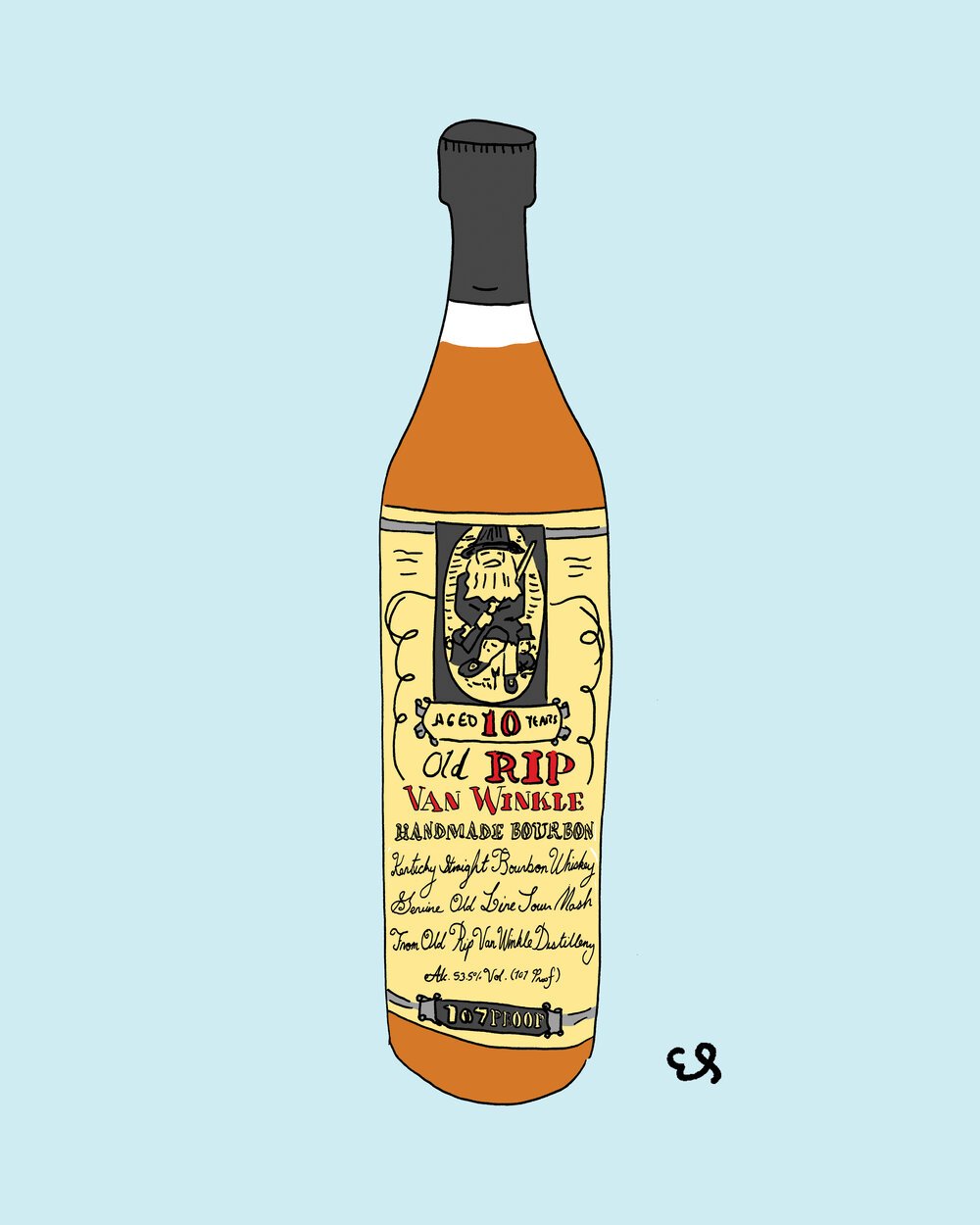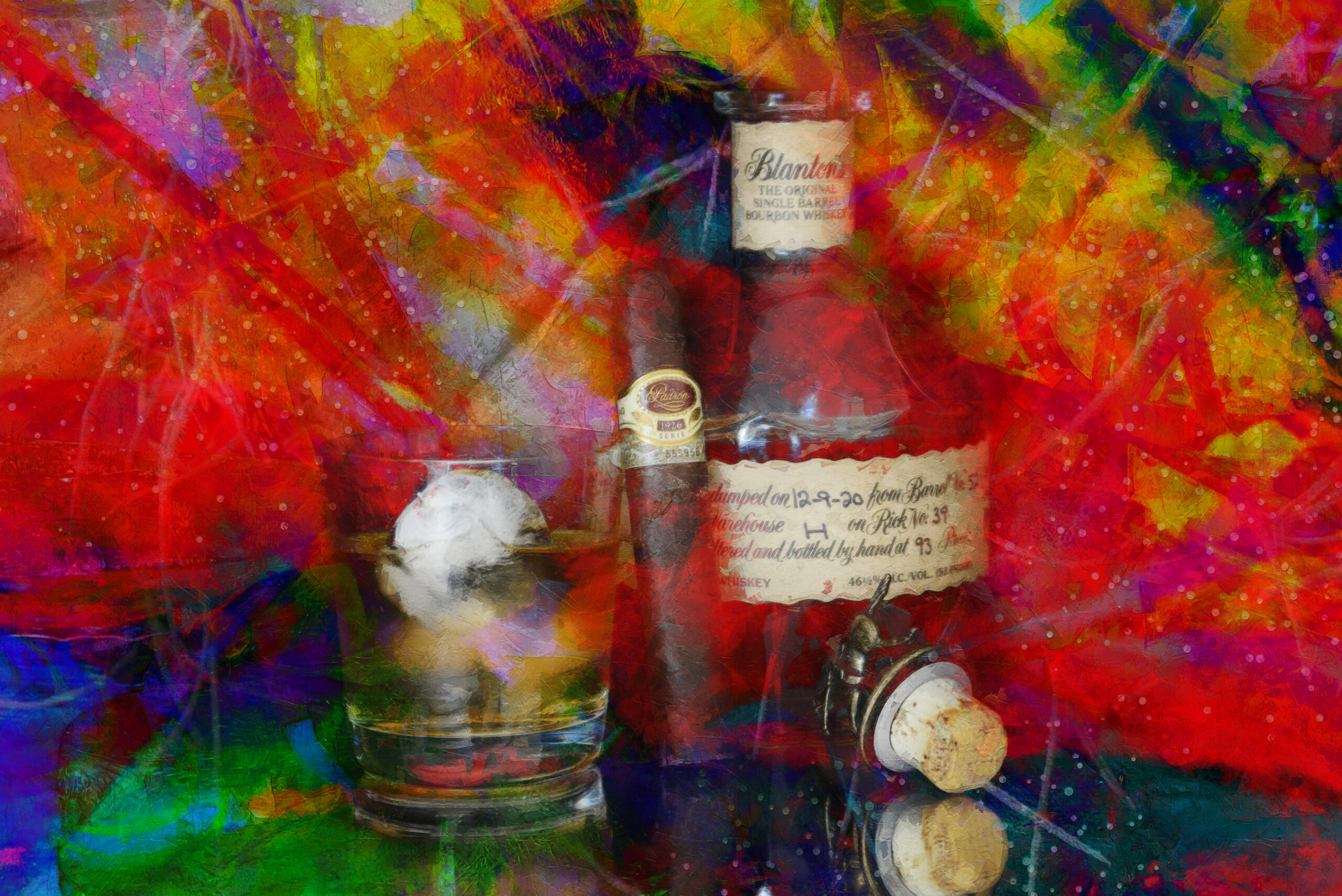Transform Your Space with Spectacular Whiskey Art Inspired by Nature
Transform Your Space with Spectacular Whiskey Art Inspired by Nature
Blog Article
The Value of Whiskey Art in Celebrating Heritage and Workmanship in the Beverage Sector
The intricate relationship in between bourbon art and the party of heritage and workmanship within the beverage industry can not be overemphasized. Via attentively created labels and bottles, scotch brands envelop their historic roots and the artisanal skills that specify their production methods. This artistic measurement not only enhances market allure however likewise works as an avenue for social storytelling, cultivating a much deeper connection in between the craft and the consumer. As we discover the different facets of this subject, appealing concerns about the influence of modern fads on standard practices emerge, triggering further assessment.
The Historic Roots of Whiskey
At the heart of bourbon's appeal exists a rich tapestry of historical origins that trace back to old civilizations. The origins of bourbon can be connected to the distillation practices of the Sumerians and Babylonians around 2000 BCE, where early kinds of fermented grain drinks started to arise. However, it remained in the Center Ages that the art of distillation developed dramatically, particularly in Ireland and Scotland, causing the creation of whiskey as we understand it today.
The term "bourbon" itself stems from the Gaelic word "uisce beatha," indicating "water of life." This expression emphasizes the cultural importance of scotch in Celtic cultures, where it was usually associated with rituals, events, and common bonding. By the 15th century, purification came to be an identified craft within reclusive communities, paving the way for the establishment of legal distilleries.
As trade routes broadened, bourbon's popularity grew, transcending regional limits and recording the passion of aficionados worldwide. Bourbon Art. This historic trip mirrors not just the workmanship behind bourbon manufacturing however likewise its important function in social and social contexts, marking it as a considerable beverage throughout history
Artistic Expression in Branding
Whiskey branding stands as an engaging junction of virtuosity and business, where visual identity plays an important function fit customer assumption. The aesthetics of bourbon tags, product packaging, and advertising materials mirror not just the brand's story yet additionally its core values and heritage. Through artistic expression, distilleries share a narrative that resonates with customers, stimulating emotions and triggering links.
The usage of shade, typography, and imagery in branding offers to differentiate items in a saturated market. As an example, typical themes might evoke a feeling of authenticity and workmanship, while contemporary layouts can represent technology and forward-thinking. This tactical imaginative direction improves brand name recognition and loyalty, permitting consumers to create an individual relationship with the scotch they pick.
In addition, imaginative expression in branding frequently serves as a celebration of local heritage. Distilleries regularly incorporate neighborhood icons or historical references into their designs, creating a local color that welcomes customers to take part in a wider social experience. Inevitably, the artistry behind whiskey branding not only improves aesthetic allure yet also enriches the general story of the brand name, cultivating a much deeper appreciation for the craftsmanship and heritage embedded in each bottle.
Craftsmanship in Bottle Style
The creativity obvious in bourbon branding expands past aesthetic identification to incorporate the workmanship associated with container layout. Each container functions as a vessel not simply for the spirit within, yet additionally for the tale it informs concerning its custom, origin, and quality. The design procedure calls for thorough focus to information, as aspects such as product, closure, and form contribute considerably to the overall perception of the bourbon.
Workmanship in bottle design entails choosing top notch glass that can improve the whiskey's shade and clearness, while also providing a responsive experience for the consumer. The shape of the container should be both functional and cosmetically attractive, frequently mirroring the heritage of the brand name. Numerous distilleries decide for special shapes or embossed logos that stimulate a sense of credibility and history.
In addition, the label layout and typography play a vital role in connecting the brand's story. Whiskey Art. A well-crafted container not only astounds the consumer's eye yet also enhances the brand's dedication read this to quality and custom. This way, the craftsmanship of container design comes to be an important facet of the whiskey experience, merging virtuosity with a profound regard for heritage
Social Importance of Bourbon Art
Celebrating custom and workmanship, the cultural importance of bourbon art transcends simple appearances, intertwining with the historic and social narratives of the regions where it stems. Each bottle functions as a canvas, illustrating the unique stories, folklore, and practices that have shaped regional whiskey-making techniques. The intricate styles usually mirror the heritage of the distillers, integrating signs and themes that resonate with the culture and worths of their areas.

In enhancement, bourbon art plays an important duty in communal events and parties, acting as a concrete web link between people and their shared experiences. By valuing the artistry in bourbon packaging, consumers grow a deeper understanding and respect check out here for the craft, eventually improving their enjoyment of the beverage itself.
Modern Trends in Scotch Discussion
Over the last few years, the presentation of scotch has actually evolved to reflect contemporary preferences and fads while still recognizing conventional craftsmanship - Realism Art. Distilleries are increasingly focusing on aesthetic aspects that improve the total alcohol consumption experience, bridging the gap between heritage and modernity
Ingenious container styles have actually arised, usually incorporating sustainable materials and artistic labels that tell compelling stories. Numerous brands now work together with regional artists, infusing their products with distinct visual expressions that resonate with consumers. Furthermore, limited-edition releases are typically packaged in collectible containers, adding value and appeal for connoisseurs.

Conclusion
In verdict, bourbon art offers as a vital avenue for sharing the heritage and workmanship integral in the drink industry. Via complex branding, ingenious container designs, and culturally substantial artistic components, scotch brands efficiently honor their practices and link with consumers.


Craftsmanship in container layout includes selecting high-quality glass that can boost the scotch's color and quality, while likewise offering a responsive experience for the customer. In this way, the workmanship of bottle design comes to be an important aspect of the scotch experience, merging webpage artistry with an extensive respect for heritage.
In verdict, scotch art offers as a crucial channel for expressing the heritage and workmanship fundamental in the drink market.
Report this page